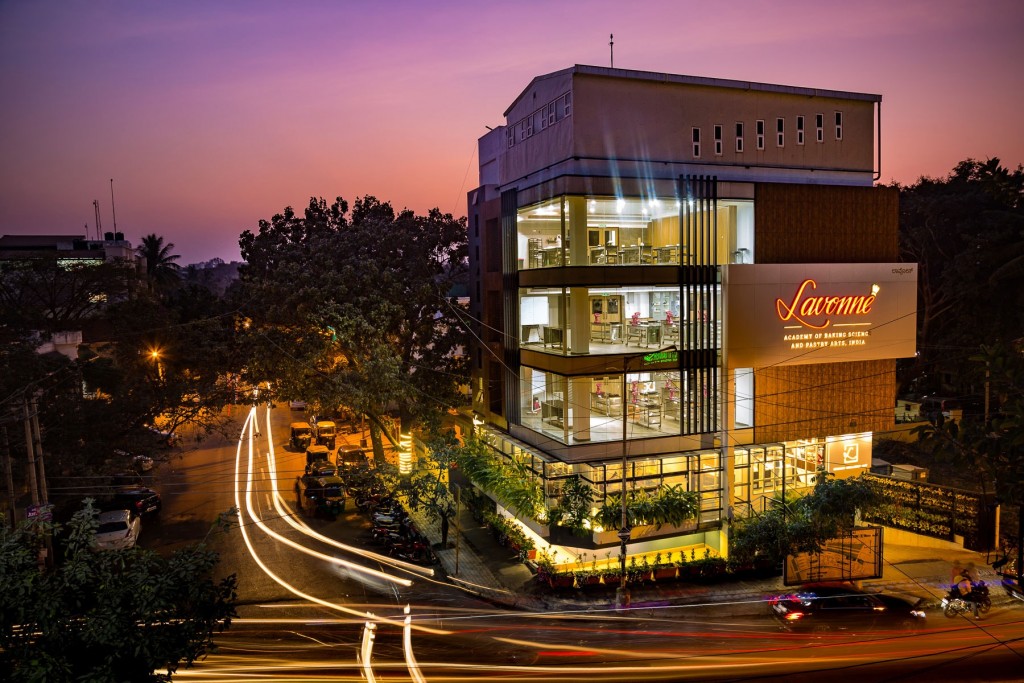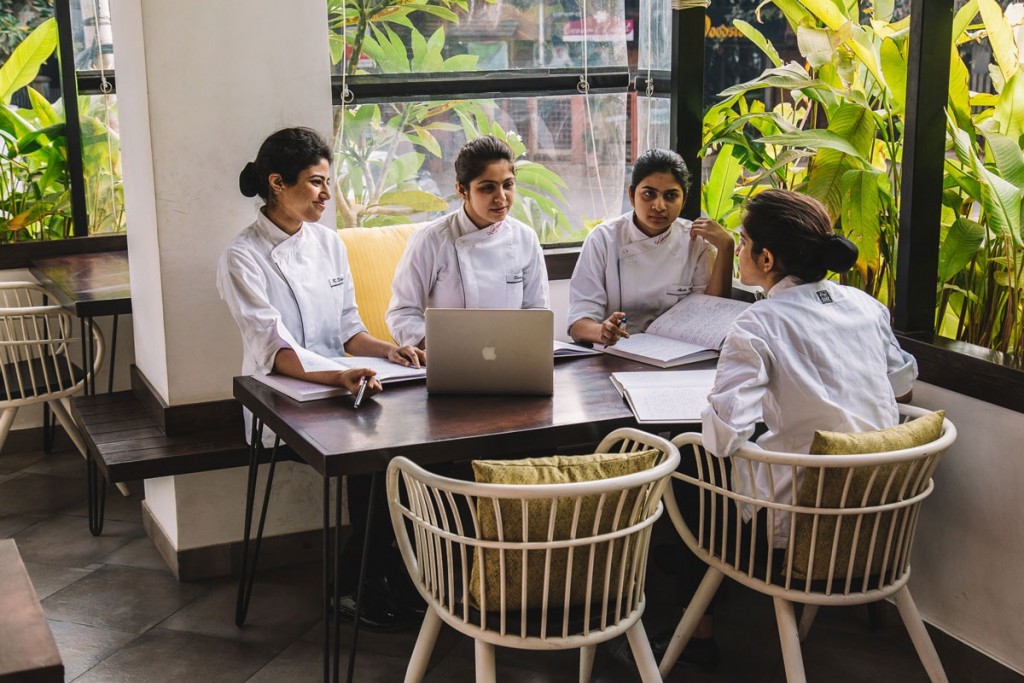Come summer and the air smells so much sweeter, thanks to the goodness of mangoes! Belonging to the genus Mangifera, the mango is native to South and Southeast Asia, from where it has been distributed worldwide to become one of the most cultivated fruits in the tropics. The center of diversity of the Mangifera genus is in India.
Mangifera indica, better known as the Indian Mango, is the only mango tree commonly cultivated in many tropical and subtropical regions. It originated in the Indian subcontinent and is the national fruit of India, Pakistan, and the Philippines, and the national tree of Bangladesh.
You would be surprised to learn that The English word ‘mango’ originated from the Malayalam word māṅṅa via the Portuguese (also manga) during spice trade with Kerala in 1498.
This week, we’d like to shine the spotlight on 5 of the most common types of Indian mangoes.
Alphonso
The Alphonso Mango isn’t called The King of Mangoes for nothing. This seasonal fruit is considered to be among the most superior varieties of the fruit in terms of sweetness, richness and flavour and is also one of the most expensive varieties of mango. It is cultivated mainly in the western parts of the country such as Sindhudurg, Ratnagiri and Raigad districts and in the Konkan region of India and is also often referred to as ‘Haapus’.
Interestingly, the mango got its name from Afonso de Albuquerque, a nobleman and military professional who helped establish Portuguese colonies in India. The Portuguese introduced grafting on mango trees to produce extraordinary varieties like Alphonso. The fruit was then introduced to the Konkan region in Maharashtra, Gujarat and parts of south India.
Each Alphonso mango weighs between 150 and 300 grams and its pulp is most regularly used to make sweets, candies, milkshakes and smoothies. Because of its sweetness, it is also consumed directly when ripe.
Banganapalli
Also known as Began Phali, this variety of mango is the most commonly grown mango in the Indian subcontinent, particularly in India and Pakistan, and is named after the town of Banganapalle in Andhra Pradesh, India.
This is a fibreless mango and is usually obliquely oval in shape, around 14 cm in length, with yellow flesh and a thin, smooth yellow skin. The flesh is of a firm, meaty texture and is sweet. Banganapalli mangoes are often used for canning.
Raspuri
Raspuri Mangoes are juicy and extremely rich in carotenes which are a great source of Vitamin A. Grown widely in the south of India, primarily in Karnataka, like the Alphonso, its pulp is used in the making of ice creams, yogurts, smoothies, juices, jams and jellies, among other items.
Totapuri
This variety of mango from South India gets its name from the look it wears! Small and green in colour, it’s got a pointed end that resembles the beak of a parrot (Tota, in Hindi). What sets this mango apart from the others is that it is acceptable to eat the skin of this variety. Totapuri mangoes are not sweet but are tangy and are often served with salt and chilli powder. One could also pickle this cultivar.
Amrapali
One of the newer varieties of mango, the Amrapali mango was introduced in 1971 and was developed as a hybrid variety of Dasheri and Neelum by Dr.P.K.Majumdar at the Indian Agriculture Research Institute at Pusa, Delhi IARI. Since then this mango has been introduced in farms and orchards across India. The tree bears small sized fruits of good quality. Its flesh is deep orange red and the fruit is said to contain approximately 2.5–3 times more β carotene content than other commercial varieties of mango. However, it is known to have a shorter shelf life.







